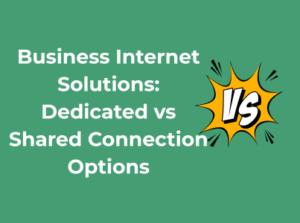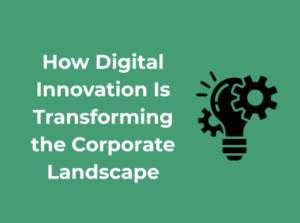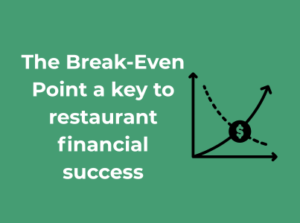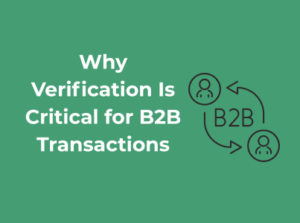The digital workplace isn’t just a set of tools — it’s a living environment where decisions are made, work gets done, and company culture either thrives or decays. It’s now expected that systems are always on, collaborative, and intelligently connected. And yet, many organizations still get it wrong.
Even with modern platforms in place, teams often face slow adoption, siloed communication, and disconnected user experiences. Worse, these problems don’t always show up in dashboards — they show up in lost time, frustrated employees, and flatlining productivity.
Whether building from scratch or optimizing existing systems, avoiding common digital workplace pitfalls is critical. As any experienced digital workplace company knows, strategy and design matter just as much as technology.
Here are five mistakes that still trip up even the most well-funded digital workplace efforts — and what to do about them.
Mistake 1: Treating the Digital Workplace as a One-Time Project

One of the biggest misconceptions is thinking of the digital workplace as a “launch and forget” initiative. In reality, it’s a dynamic ecosystem that requires continuous refinement, just like any physical workspace.
Companies often go all-in on a massive deployment—new collaboration tools, document sharing platforms, maybe even a sleek intranet—and then… stop. No follow-ups, no usage insights, no iteration.
Fix it:
Think product, not project. The digital workplace should evolve like a customer-facing product. Assign ownership, track employee experience KPIs (like engagement, friction, satisfaction), and gather feedback often. Agile methodologies can be applied here—launch MVPs, run pilots, and build in learning loops. The workplace should grow with the business and its people.
Mistake 2: Ignoring the Human Experience
Digital workplace decisions are often made in boardrooms, but their impact is felt on the front lines. Platforms are rolled out without a clear understanding of how people work, collaborate, and make decisions on a day-to-day basis. The result? Over-engineered systems that nobody enjoys using.
And it’s not just about usability—it’s about purpose. People need to understand how the tools support their goals, not just how to navigate the interface.
Fix it:
Design from the inside out. Co-create with users, not just stakeholders. Use journey mapping to uncover friction points and moments of impact. Consider context-switching costs, information overload, and the balance between synchronous and asynchronous communication.
Make tools feel intuitive, integrated, and valuable—especially for distributed and cross-functional teams who live in these systems daily.
Mistake 3: Fragmented Tech Stacks and Tool Overload
Digital workplace platforms often start with good intentions but spiral into chaos. A team adopts Slack, another chooses Microsoft Teams, and suddenly employees are juggling five different communication tools, two project management dashboards, and three file repositories.
This fragmentation leads to confusion, duplicated work, and missed messages. Ironically, the very tools meant to boost productivity end up slowing people down.
Fix it:
Rationalize and consolidate. Run a full audit of your tech stack. Identify overlapping tools, underused licenses, and friction caused by poor integrations. Incorporate the right networking tools to ensure seamless connections and better data flow.
Then prioritize platforms that act as orchestration layers rather than isolated apps. Choose tools with robust APIs and automation capabilities, so data can flow freely and employees aren’t stuck switching tabs all day. The goal is a connected, unified environment, not a patchwork of apps.
Mistake 4: Underestimating Change Management
Even the best-designed systems fail when people aren’t brought along for the ride. Many digital workplace rollouts skip over cultural alignment, training, and internal communications. So when employees resist new tools, leadership chalks it up to “poor adoption” instead of flawed rollout strategy.
This mistake is especially common in larger organizations, where shifts in workflows can be disruptive across departments.
Fix it:
Treat change as a campaign. Build internal awareness before launch. Use champions and power users to model behavior. Offer onboarding experiences that are clear, role-specific, and ongoing.
More importantly, link new tools to outcomes people care about—reduced admin work, faster decision cycles, easier cross-team collaboration. When people see the “why,” adoption follows.
Mistake 5: Focusing on Productivity, Forgetting Purpose
The digital workplace is often framed as a productivity engine: more tasks done in less time, fewer meetings, faster approvals. But when efficiency is the only metric, the human side of work suffers.
Connection, recognition, mentorship, and culture don’t show up in most dashboards—but they determine whether people stay, thrive, or burn out.
Especially in hybrid or distributed teams, the digital workplace must also be a place where people feel seen, supported, and aligned.
Fix it:
Balance performance with experience. Use your digital workplace to reinforce purpose—through shared goals, transparent communication, and values-based recognition.
Encourage cross-team storytelling. Celebrate milestones. Make space for informal interactions. The workplace isn’t just for work—it’s for building the connective tissue that keeps teams motivated and aligned, even when they’re apart.
To recap, here are key actions to take to avoid these common digital workplace pitfalls:
- Treat the digital workplace as an evolving product, not a one-time project
- Design with real users and their daily workflows in mind
- Consolidate tools to reduce fragmentation and improve integration
- Invest in comprehensive change management and ongoing training
- Balance productivity goals with culture, connection, and employee experience
Final Thoughts
Getting the digital workplace right isn’t about deploying the latest software—it’s about shaping the future of how people work, connect, and create value. It’s where strategy meets execution, and where employee experience directly impacts business outcomes.
Avoiding these five common mistakes is a step toward building a workplace that’s not only efficient but engaging. A workplace where people don’t just get things done—but do their best work.
For enterprises rethinking their digital environments, now’s the time to shift from fragmented toolsets and top-down rollouts to intentional, people-centric design. Partnering with a forward-thinking digital workplace company can help set the right foundation—not just for productivity, but for long-term performance and resilience.






